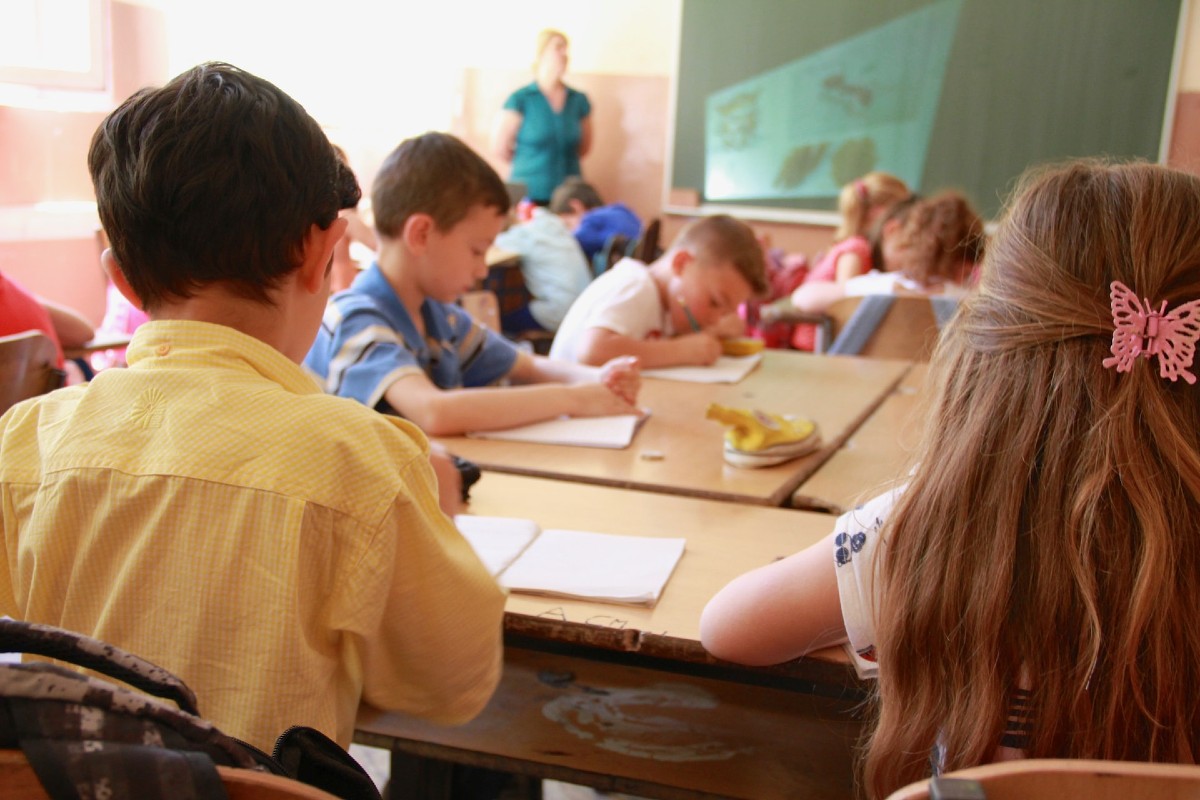
We are a reader-supported education publication. When you buy through links on our site, we may earn an affiliate commission to help us keep providing content.
Teachers have a long to-do list between lesson plans, preparing students for state exams, and classroom management. Because of their hectic schedules, cultivating community is often put on the back burner, despite being one of their most crucial responsibilities.
Determining how to implement classroom culture-building activities can overwhelm even the best educators. However, every teacher knows that community fosters academic progress, teamwork, and good behavior.
Since schools reopened following the height of the pandemic, it’s become increasingly important that teachers focus on social engagement. One study shows that the abrupt transition to online learning caused a 72% decline in lecture engagement and attendance, ultimately hindering students’ academic performance.
Educators might want to try the following eight classroom culture-building activities, primarily for elementary school-age students.
1. Share Fun Facts
Students at any grade level will benefit from this fun fact-sharing activity.
Ask students to write down facts about themselves on a note card and put them in a container, such as a jar, box, or bowl.
Pull cards randomly throughout the year and share your students’ fun facts with the class.

2. Practice Gratitude
Gratitude is a practice that makes everyone feel more connected — and there are many ways elementary school teachers can introduce gratitude to young students.
For instance, you can create a chart with gratitude prompts in individual colors. An example might be “Name a person you’re thankful for” in red or “Name a food you’re thankful for” in blue.
Students can then choose colored sticks or straws and share what they’re grateful for based on the corresponding prompt. You can have students share in front of the whole class or pair them up with one of their peers for this activity.
Middle school and high school teachers might choose to have their students keep a gratitude journal instead.
3. Create Kindness Chains
Add a pop of color to your classroom by having students make kindness chains.
Hang letters from the word “kindness” on your class bulletin board or wall. Then, print and cut “caught being kind” strips on different colored paper and keep them on hand when someone does something nice.
Your students can then come to you when their peers demonstrate an act of kindness. Write down what they did and add the new link to the “kind” student’s chain.
Eventually, the entire class will catch on, and other students will also feel encouraged to do nice things for their classmates.

4. Conduct Weekly Class Meetings
Keep your students up to date on what’s happening in the classroom. Weekly class meetings don’t need to be lengthy — just long enough to go through upcoming assignments, reminders, and shares.
Class meetings could also be an appropriate time to give shout-outs to individual students for good behavior or achievements.
5. Cultivate Teamwork Toward a Goal
Kids love rewards for a job well done. Educators can cultivate teamwork and build community toward a common goal, such as extra time at recess or a pizza party.
Track students’ behavior on a board so everyone can see the progress — your students will likely feel more driven to achieve the class goal.
Showing an approved film adaptation of a reading assignment or classroom unit may be an excellent option for a reward. Movies can also help visual learners process information from the lessons.

6. Pair Students Up to Create Venn Diagrams
Your classroom is bustling with different personalities, which makes being a teacher so special.
There are bound to be introverted students in your class that find it challenging to engage with their peers. However, studies have marked the importance of social interaction in helping introverts build self-esteem.
Make socializing less overwhelming for shy students by pairing them with one other person. Then have them work together on creating a Venn diagram, in which they can jot down their differences and similarities — such as likes, dislikes, and how many siblings they have.
7. Construct a Shout-Out Wall
Like kindness chains, shout-out walls are perfect for adding craftiness and color to your classroom. It’s also great to boost your students’ confidence by sharing their achievements.
Write down something positive your students did on a Post-It note. You might have something you want to highlight, or students might ask you to write something for their peers.
Shout-out walls are one of the best classroom culture-building activities for fostering friendships throughout the school year.
8. Give Your Students a Voice
One should never underestimate the importance of giving students a voice. By encouraging them to share their opinions, concerns, and suggestions, you offer them autonomy over their educational experience.
Research has shown that students who express themselves through student voice activities demonstrate higher confidence and proficiencies, are free thinkers, and have better leadership skills.
Consider passing out note cards to students to offer feedback. Have each note say, “I wish my teacher knew…” and allow the students to finish filling them out. Maybe their message could be about a subject they’re struggling with, a fun fact about themselves, a lesson or activity idea, or if they’re having problems with a classmate.
Use your discretion on whether to share the note with the class or respond privately to the student.
Foster Community in the Classroom
There’s an endless supply of classroom culture-building activities teachers might want to try with their students. It could require a bit of creativity, but fostering community will make the classroom a happier, more productive place to learn.
latest in learning!
Get the latest updates in learning, teaching and everything in between! Whether you're a student or an educator, we offer the inspiration you need to fuel your classroom experience.









